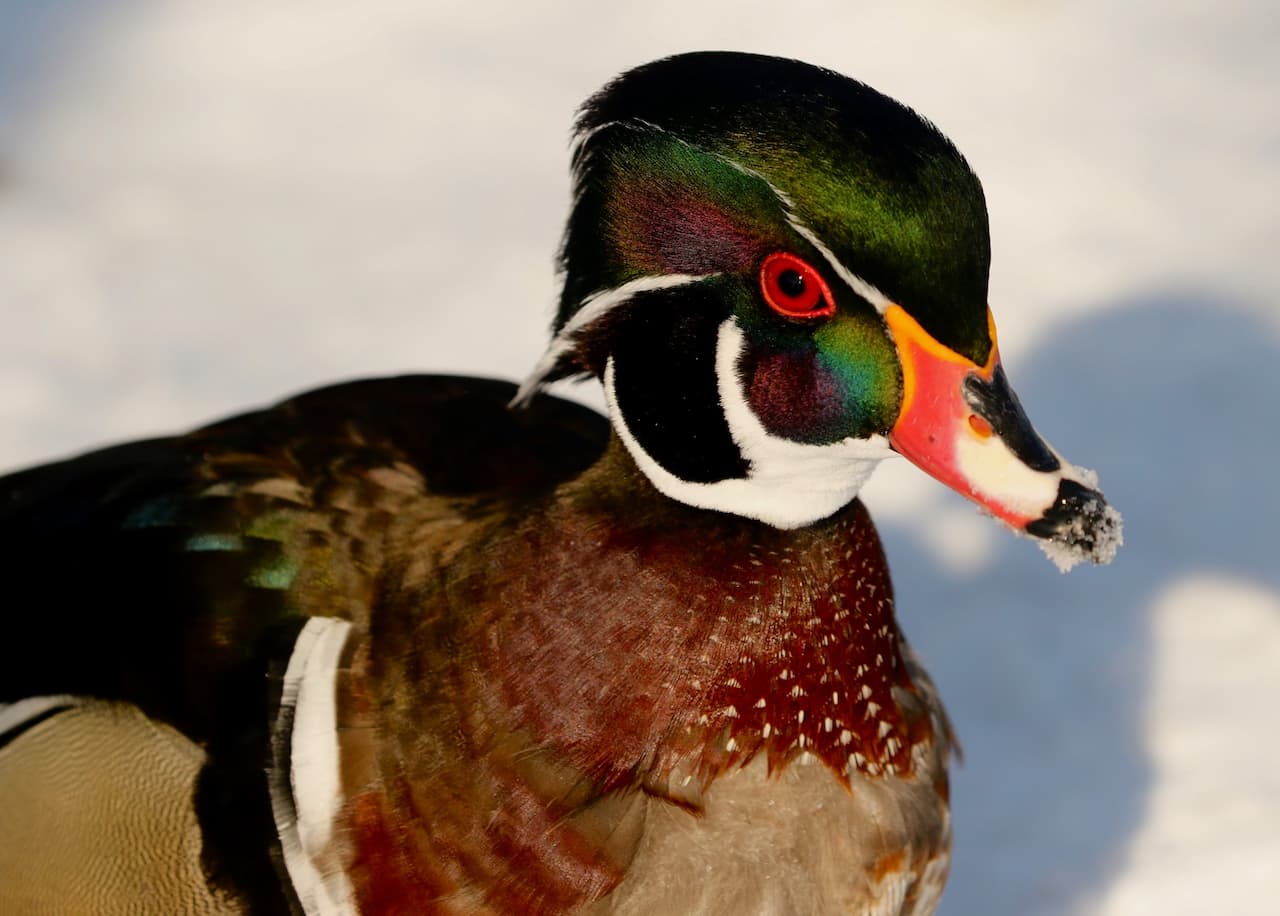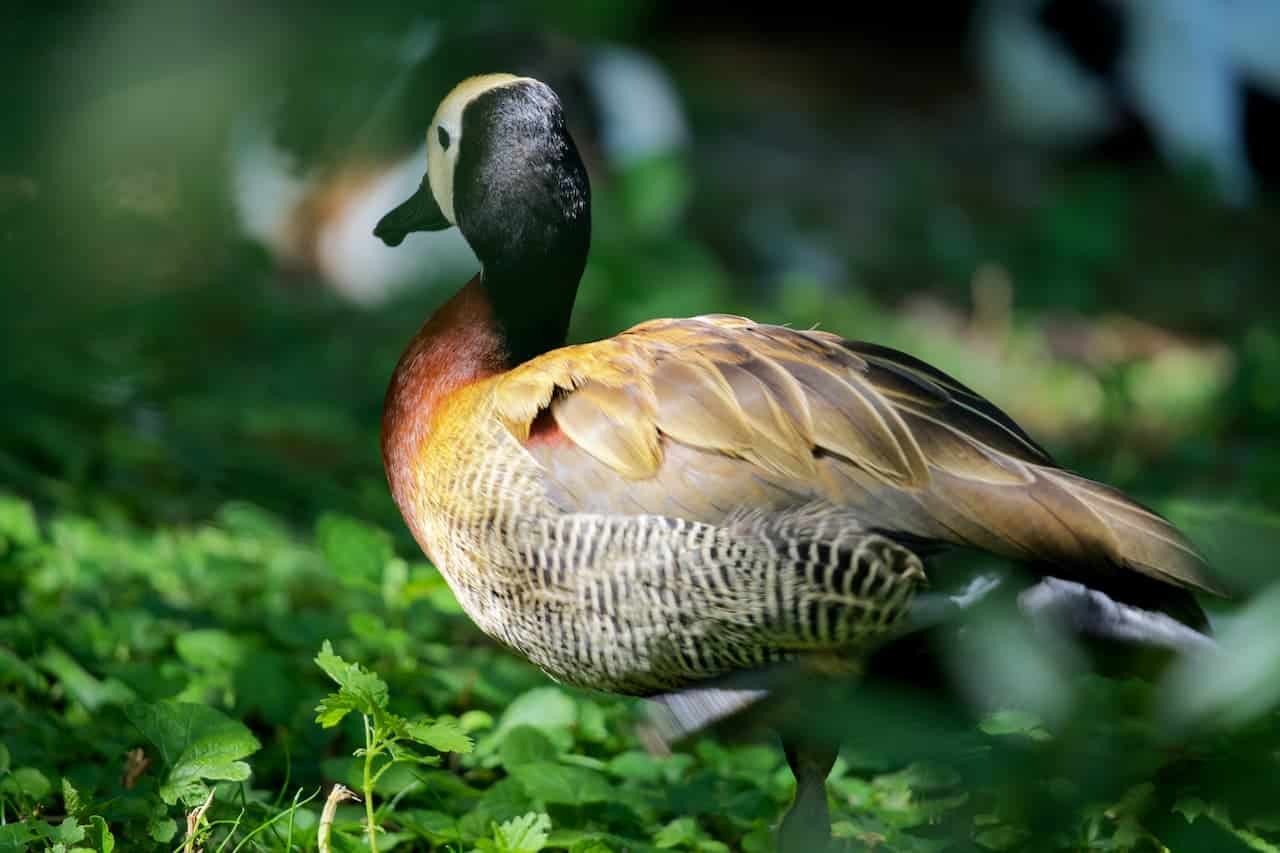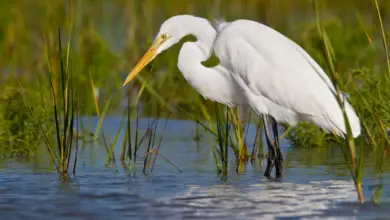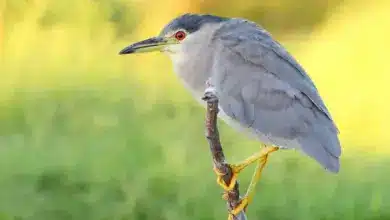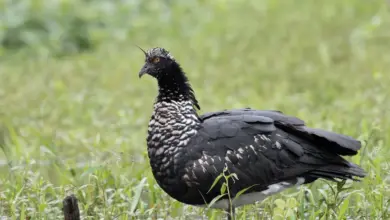Lava Herons or Galapagos Herons
Lava Herons or Galapagos Herons
The Lava Herons (Butorides sundevalli) – also known as the Galapagos Heron – is a heron that occurs only on the Galapagos Islands – a group of volcanic islands found around the equator in the Pacific Ocean, west of the South American country of Ecuador.
They inhabit intertidal zones and mangrove groves.
Description
Adults have a slate-grey plumage akin to the color of the hardened lava, making for a perfect camouflage. Lava Herons are often seen hunched over.
The black feathers usually have a silvery sheen. They have a short crest on the head.
The breeding adult has a black beak and bright orange legs, which face to fade to grey after the breeding season.
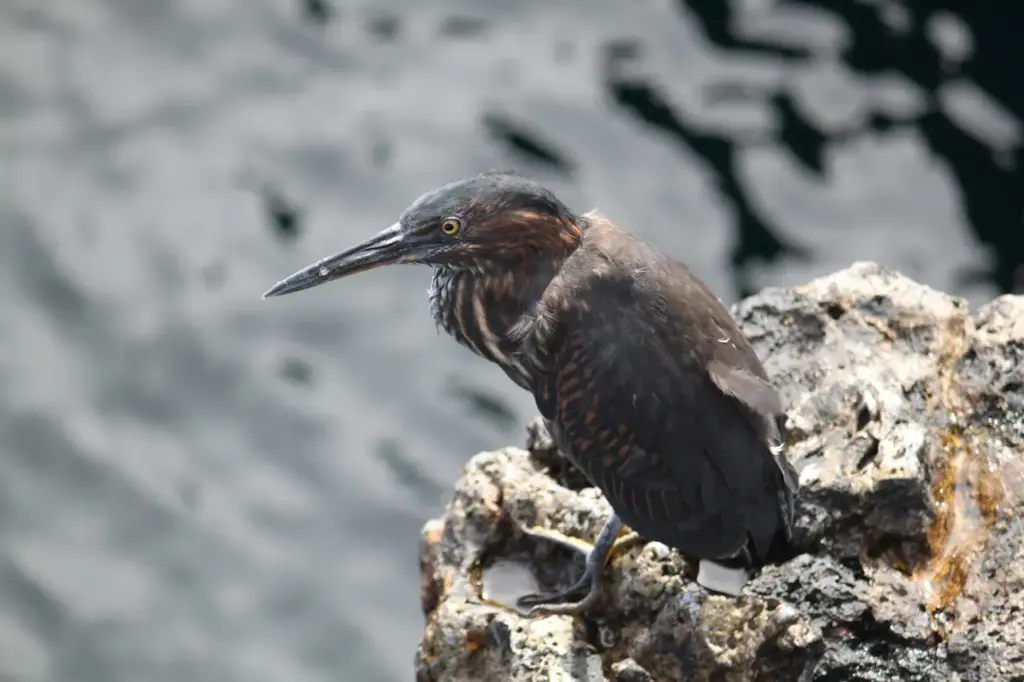
Behavior
They have no fear of humans and are highly territorial, particularly when nesting.
Calls / Vocalizations
They emit harsh alarm calls.
Diet / Feeding
The Lava Heron mostly feed on small crabs and fish by slowly stalking them before quickly spearing and eating them.
They may also eat flies and other small insects.
Nesting / Breeding
Lava Heron breed throughout the year – although most breeding activities occur between September through March.
Unlike other herons that usually breed in colonies, the Lava Herons nest in solitary pairs in either the lower branches of mangrove trees or under lava rocks.
They can produce up to three clutches a year, if conditions for raising young are favorable.

